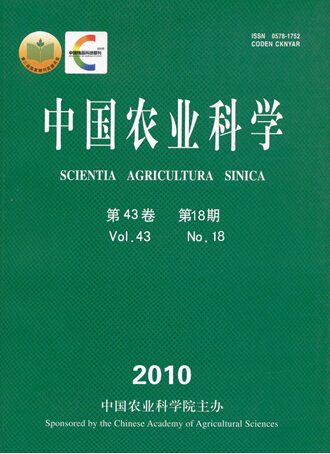【Objective】 The preliminary investigation was carried out to examine the feasibility of multi-element analysis in identifying the geographical origin of wheat, and to screen out the effective indicators in wheat origin assessment. 【Method】 The concentrations of 24 chemical elements (Be, Na, Mg, Al, K, Ca, V, Cr, Mn, Fe, Co, Ni, Cu, Zn, Se, Mo, Ag, Cd, Sb, Ba, Tl, Pb, Th and U) have been determined using inductively coupled plasma mass spectrometry (ICP-MS) in 120 wheat samples from Hebei, Henan, Shandong and Shaanxi provinces of China, and analysis of variance (ANOVA), principal component analysis (PCA) and discriminant analysis (DA) were applied in data analysis. 【Result】 The element contents of wheat from different regions were different. The content of V was the highest and Ca was the lowest in the samples from Hebei, and Cr was the highest in those from Henan. However, the contents of Ba and Ni were the highest in those from Shandong, and Na, Al, Mn, Fe, Co, Cu, Ag, Sb and Pb were the highest and V was the lowest in those from Shaanxi, respectively. Most of the samples were classified correctly into different categories according to region by PCA. Furthermore, eleven key variables (Ba, Mn, Sb, Ca, Mo, U, Ni, V, Cr, Pb and Mg) were identified by stepwise discriminant analysis to develop the discriminant models by which 90.8% correct classification and 89.2% cross validation were achieved. 【Conclusion】 It is a promising approach to classify wheat geographical origin based on multi-element analysis combined with multivariate statistical analysis.









